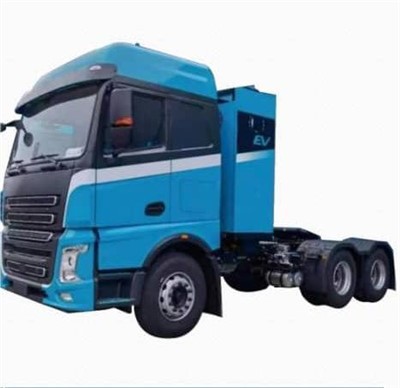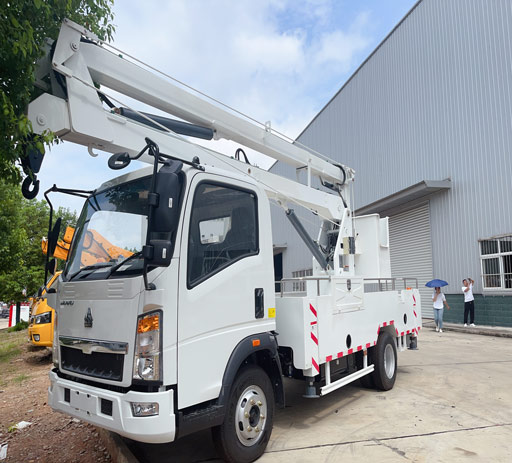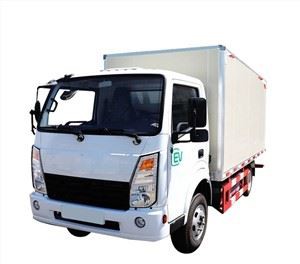Understanding Garbage Truck Length: A Comprehensive Guide
Introduction
Garbage trucks are an essential part of urban infrastructure, providing crucial waste management services that help keep our communities clean and safe. One vital aspect of these vehicles is their length, which can vary based on design, purpose, and local regulations. In this article, we will explore garbage truck lengths, their types, variations, and practical implications for urban planning and waste management operations.
1. What Determines Garbage Truck Length?
The length of a garbage truck is influenced by several factors, including:
- Type of Truck: Different types of garbage trucks, such as rear loaders, front loaders, and side loaders, have varying lengths to accommodate their specific designs and functions.
- Load Capacity: Trucks are designed to handle different waste volumes; trucks with larger capacity tend to be longer.
- Regulations: Local regulations may impose restrictions on vehicle sizes, influencing how long garbage trucks can be manufactured.
- Utility Features: Additional features such as hydraulic arms may also extend the overall length of the truck.
2. Common Types of Garbage Trucks and Their Lengths
Rear Loader Garbage Trucks
Rear loader garbage trucks are among the most common types used for residential waste collection. The length of these trucks typically ranges from 20 to 30 feet.

Front Loader Garbage Trucks
Front loaders, designed for commercial waste collection, are generally longer, with lengths from 26 to 35 feet. Their extended design accommodates larger loads and facilitates easy access to dumpsters.
Side Loader Garbage Trucks
Side loaders vary in length but usually fall between 22 to 32 feet. Their unique design allows for efficient curbside pickup, minimizing the need for the driver to exit the vehicle.
3. Comparing Garbage Truck Lengths by Type
| Type of Truck | Typical Length (feet) | Common Uses |
|---|---|---|
| Rear Loader | 20 – 30 | Residential waste collection |
| Front Loader | 26 – 35 | Commercial waste collection |
| Side Loader | 22 – 32 | Curbside pickup |
| Roll-off Truck | 30 – 40 | Construction and demolition waste |
4. Practical Implications of Garbage Truck Length
Urban Planning
Understanding garbage truck lengths is crucial for urban planning. Given their varying dimensions, city planners must design roads, lanes, and collection routes that accommodate these vehicles, ensuring safe and efficient waste collection.
Parking and Storage
Waste management facilities need to consider the length of garbage trucks when establishing parking and storage areas. Trucks must have sufficient space for maneuvering and loading waste materials.
Environmental Impact

Longer trucks can transport larger loads, potentially reducing the number of trips required for waste collection, which can lower fuel consumption and emissions. Therefore, selecting the right garbage truck length can have positive environmental implications.
5. The Impact of Garbage Truck Length on Operations

Collection Efficiency
The length of garbage trucks can affect collection efficiency. Longer trucks may have a higher capacity, allowing waste management companies to optimize routes and minimize operational costs.
Driver Training
Drivers must be adequately trained to handle different lengths of garbage trucks. Their maneuverability in residential areas and narrow streets can vary significantly based on the truck’s length.
6. Innovations in Garbage Truck Design
Length Adjustment Technologies
Advancements in truck design are enabling companies to create vehicles with adjustable lengths. These innovations allow trucks to adapt their size based on specific collection needs and urban environments.
Automated Systems
Many modern garbage trucks are equipped with automation technologies that enhance their performance. These systems include automated arms for loading waste, allowing for more efficient operations irrespective of truck length.
7. Tips for Residents Regarding Garbage Truck Length
Understanding Pickup Schedules
Residents should familiarize themselves with the pickup schedules of their local waste management services, considering that different truck types may have different route times influenced by lengths.
Preparing for Pickup
Make sure to position your waste bins at an accessible distance from the curb. A truck’s length may affect its turning radius, so provide ample space for safe pickup.
Community Involvement
Engage with local government discussions regarding waste management services. Understanding how truck lengths may impact the efficacy of waste services can help promote responsible waste disposal practices.
8. Frequently Asked Questions (FAQ)
1. What is the average length of a garbage truck?
The average length of a garbage truck varies by type, but it typically ranges from 20 to 35 feet, with specialized trucks extending even further.
2. How does truck length affect waste collection?
Longer trucks can handle larger loads, reducing the number of trips needed for waste collection, which can improve efficiency and lower fuel costs.
3. Are there regulations on garbage truck lengths?
Yes, local regulations can restrict the maximum length of garbage trucks to ensure safety and accessibility on city roads.
4. Can garbage trucks be too long for certain areas?
Yes, longer trucks may face challenges navigating narrow streets or residential areas, impacting their ability to collect waste efficiently.
5. How can communities improve waste collection efficiency?
By understanding the truck lengths used in their area, communities can plan better pickup routes, engage in proper waste storage practices, and collaborate with local waste management services.
6. What innovations are occurring in garbage truck design?
Current innovations include adjustable lengths and automated collection systems which enhance operational efficiency and adapt to various collection needs.
